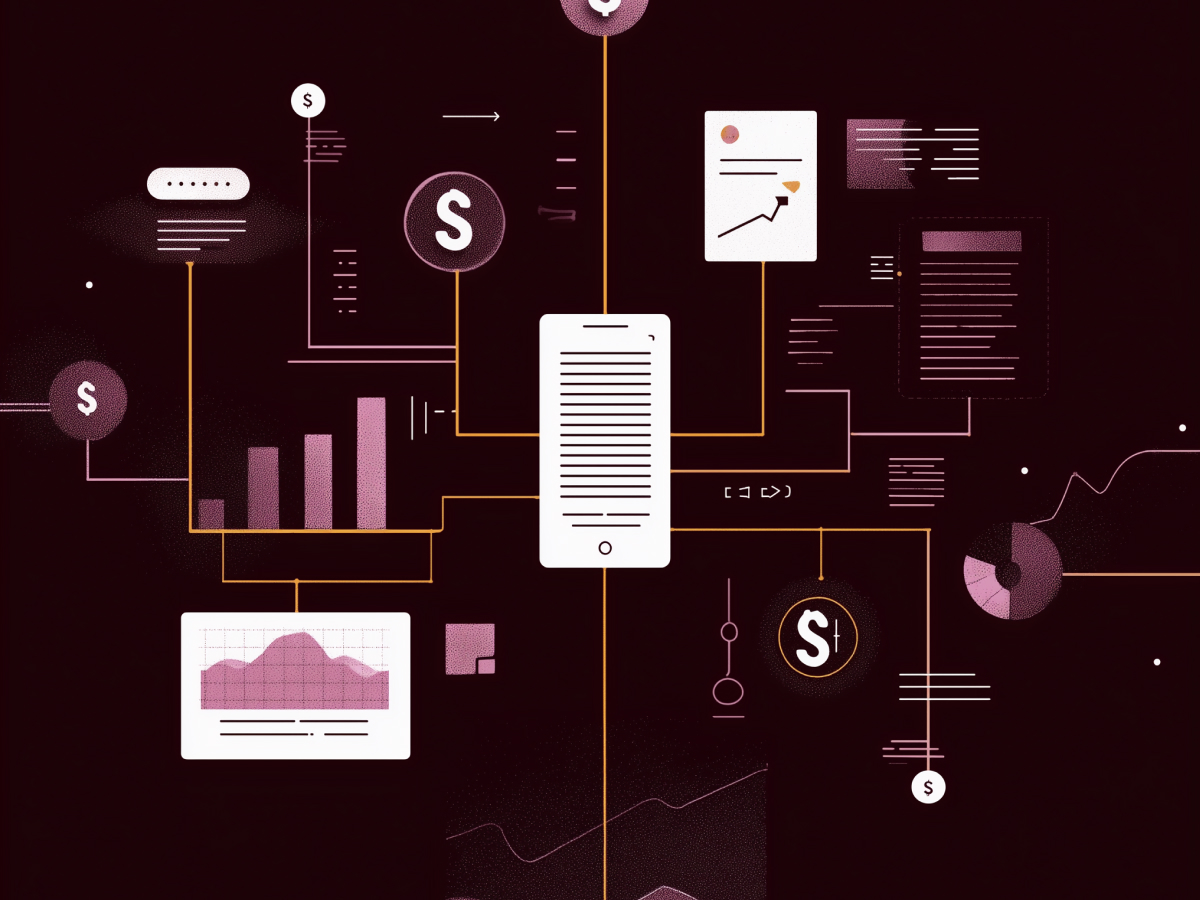Microsoft’s recent announcement to retire Visual Studio 2013 marks the end of an era for this popular integrated development environment (IDE). This decision is not made in isolation but is part of Microsoft’s broader strategy to phase out older software versions in favor of newer, more advanced offerings.
Retirement of Visual Studio 2013
The retirement of Visual Studio 2013 is enormous for all its users. After April 9, 2024, this venerable IDE will cease to receive any security fixes or updates. This cessation is critical because security updates play a huge role in safeguarding software against vulnerabilities.
Mainstream support for Visual Studio 2013 ended back in April 2019, meaning that only security issue fixes have been provided under extended support since then. This gradual phasing out of support has been part of Microsoft’s strategy to encourage users to migrate to more recent versions of Visual Studio.
Transition of Visual Studio 2019
Concurrently with the retirement of Visual Studio 2013, Visual Studio 2019 will also transition from mainstream to extended support on April 9, 2024. This transition clearly shows Microsoft’s commitment to moving away from older versions and focusing on providing support and updates for more recent iterations of their software.
Support timelines for other versions
To give users a broader perspective on Microsoft’s support timeline for Visual Studio, it’s worth noting the following:
- Visual Studio 2015 will remain in extended support until October 14, 2025. This provides users with a bit more time if they are currently using this version and are considering their options.
- Visual Studio 2017 is slated to be in extended support until April 13, 2027. This extended support period allows users of this version to plan their transition strategy accordingly.
The Visual Studio 2019 Preview Channel has seen updates discontinued. Users of this channel are encouraged to switch to either the Visual Studio 2019 Release Channel or explore the new Visual Studio 2022 Preview.
Recommendation to upgrade to visual studio 2022
In light of the retirement of Visual Studio 2013 and the transition of Visual Studio 2019 to extended support, Microsoft is actively promoting the adoption of Visual Studio 2022 as the way forward. Visual Studio 2022 is being touted as the most productive IDE offered by Microsoft.
One of the standout features of Visual Studio 2022 is flexibility. It caters to various user requirements through three distinct channels: Preview, Current, and Long-Term Servicing (LTS). Each channel is designed to meet different needs, from those who want to get an early look at new features and capabilities to those who prefer a more stable and controlled feature adoption process.
Preview Channel
The Preview Channel is where early adopters and enthusiasts can explore the latest features and experimental changes. This channel is ideal for developers who want to stay on the cutting edge of what Visual Studio has to offer. However, it’s worth noting that this channel might not be as stable as the others, given the nature of preview releases.
The Current Channel provides a balanced approach, delivering new features and improvements in a more stable environment. It’s suitable for most developers who want access to new capabilities without compromising too much on stability.
Long-Term Servicing (LTS) Channel
Finally, the Long-Term Servicing (LTS) Channel is tailored for organizations and developers who prioritize stability and long-term support. In this channel, you can expect a more conservative approach to feature updates, with a focus on reliability and maintenance. This makes it a preferred choice for enterprises and projects where stability is paramount.





